Report this entry
More from the same community-collection
Alfred and Annie Kleyhauer with Maderistas, May 11, 1911
On the day after the Battle of Ciudad Juarez, May 11, 1911, ...
Alfred Kleyhauer with Maderista, May 11, 1911
On the day after the Battle of Ciudad Juarez, May 11, 1911, my ...
Kleyhauers and Friends by Juarez Jail, May 11, 1911
On the day after the Battle of Ciudad Juarez, May 11, 1911, my ...
Annie Kleyhauer with Female Maderista, May 11, 1911
On the day after the Battle of Ciudad Juarez, May 11, 1911, my ...
Child with two rebel fighters, May 11, 1911
On the day after the Battle of Ciudad Juarez, May 11, 1911, my ...
Woman and man Maderistas posing in Juarez, May 11, 1911
On the day after the Battle of Ciudad Juarez, May 11, 1911, my ...
Clowning for Photographer, May 11, 1911
This is one of my favorites--a group of Maderistas clowning ...
Group of Maderistas, May 11, 1911 in Juarez
This is a group of Maderistas posing for my grandfather to take ...
Juarez Building with Bullet Holes after Battle, May 11, 1911
Building unidentified. On the day after the Battle of Ciudad ...
Juarez Church with Bullet Holes after the Battle, May 11, 1911
Church unidentified. On the day after the Battle of Ciudad ...
Maderista on Horse, Juarez, May 11, 1911
On the day after the Battle of Ciudad Juarez, May 11, 1911, my ...
Maderista on Water Tower in Juarez, May 11, 1911
On the day after the Battle of Ciudad Juarez, May 11, 1911, my ...
Maderistas climbing on church, May 11, 1911
Church/Building unidentified. On the day after the Battle of ...
Two Maderistas in Juarez, May 11, 1911
On the day after the Battle of Ciudad Juarez, May 11, 1911, my ...
Woman Maderista on Horse, May 11, 1911
On the day after the Battle of Ciudad Juarez, May 11, 1911, my ...
Women and Men Maderistas with Cannon, May 11, 1911
On the day after the Battle of Ciudad Juarez, May 11, 1911, my ...
Alfred Kleyhauer in Juarez Building Damaged During Battle
Many buildings were damaged by gunfire and artillery during the ...
Inauguration of Plaza Theater in Cd. Juarez-1948
Ignacio Angulo, City Administrator, acting as master of ...
Celebrating Mexican Independence-1949
Juarez Mayor, some of his cabinet members and their wifes and ...
Pope Francis Visit to City of Juarez, Mexico - 2016
Pope Francis says a prayer for a young child that ran up to his ...







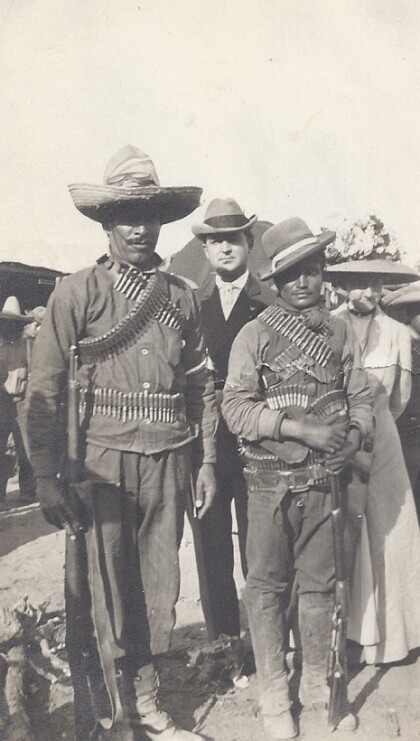
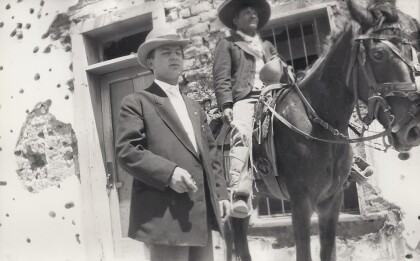
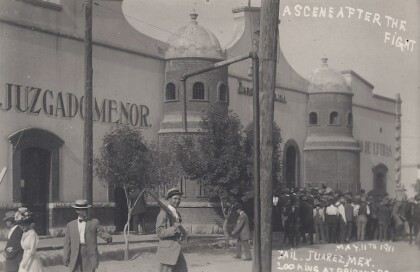
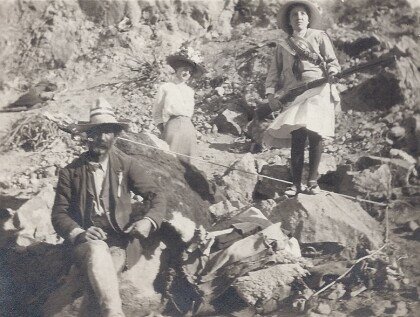
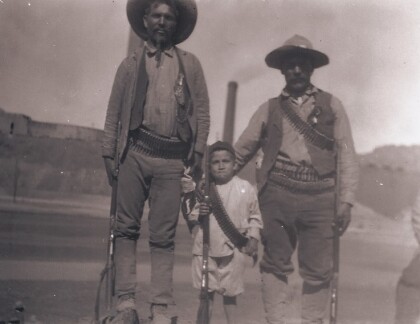
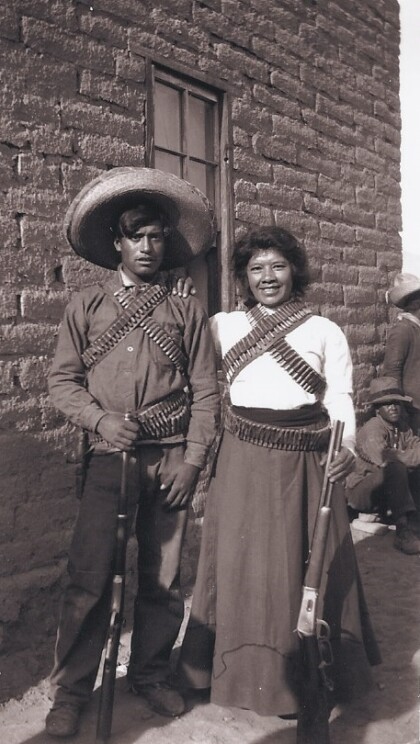
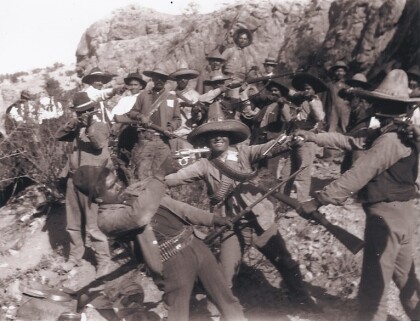
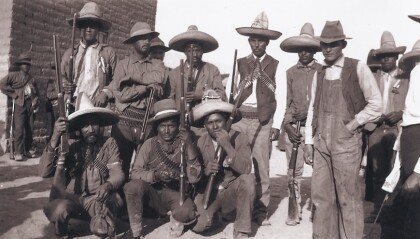
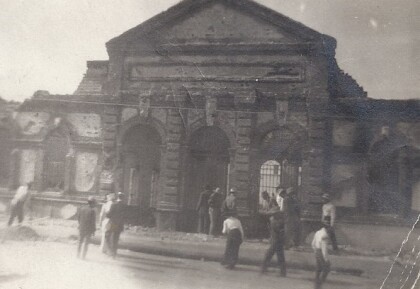
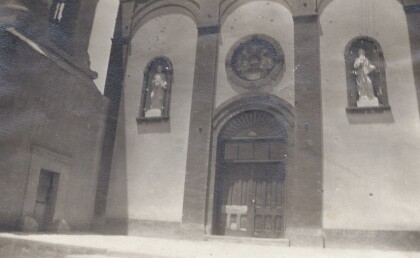
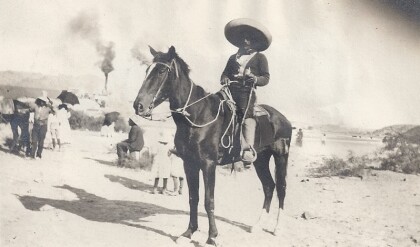
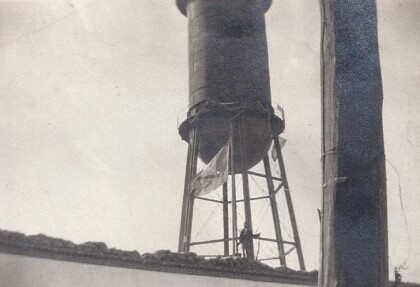
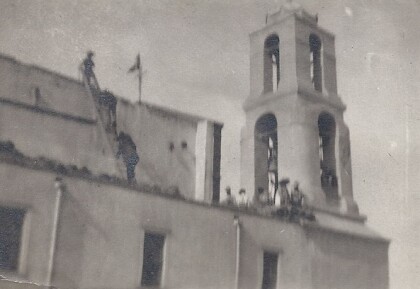
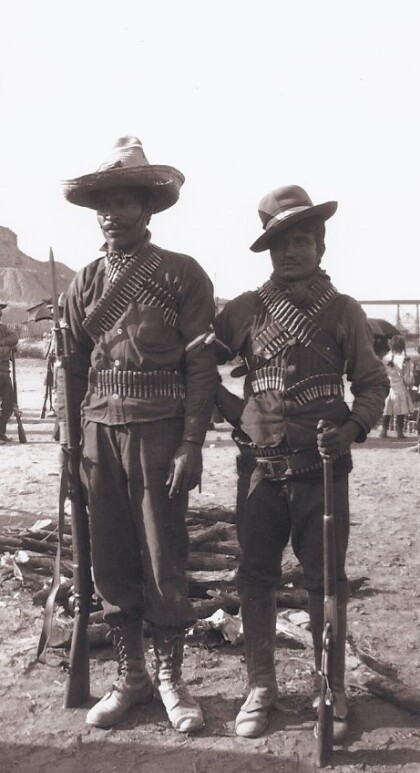
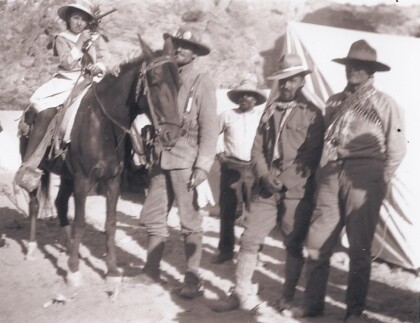
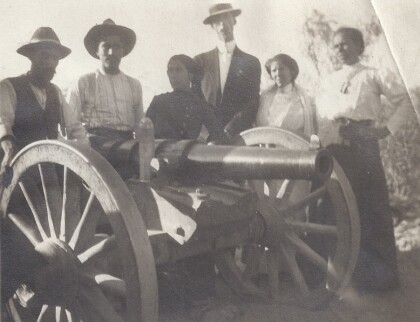
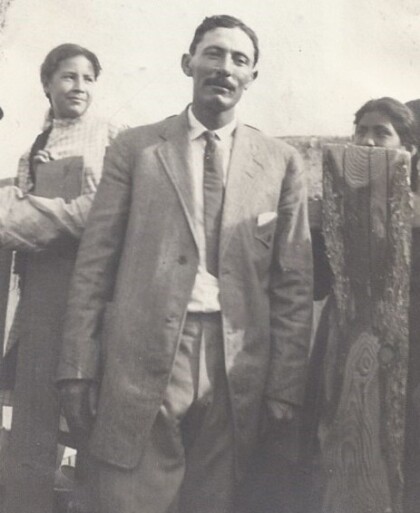
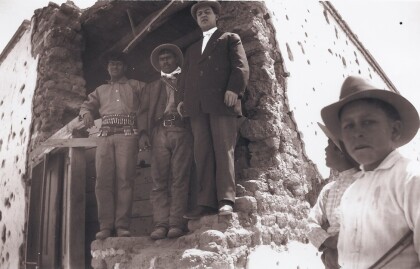
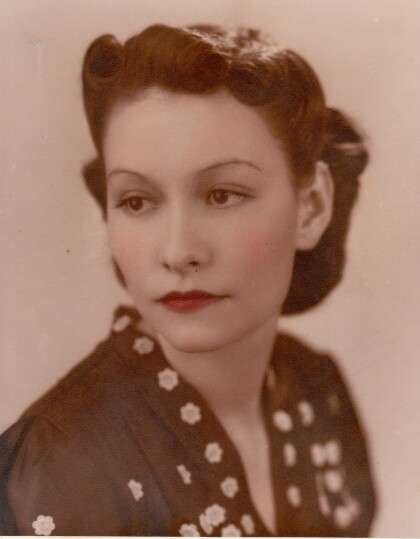
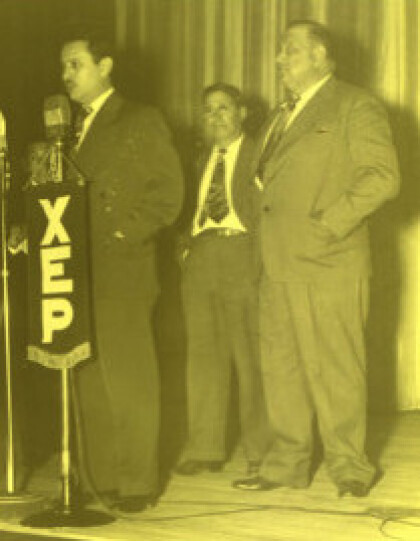
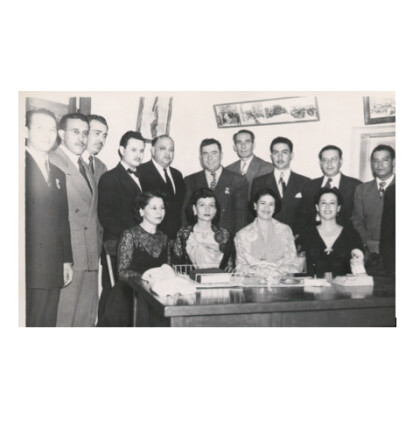
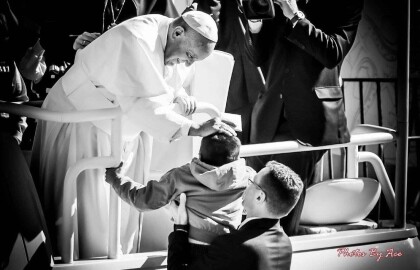
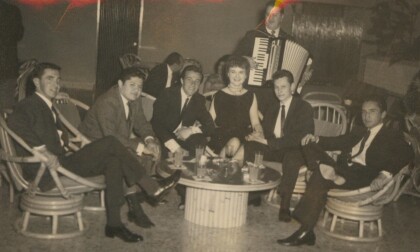
Comments
Add a comment